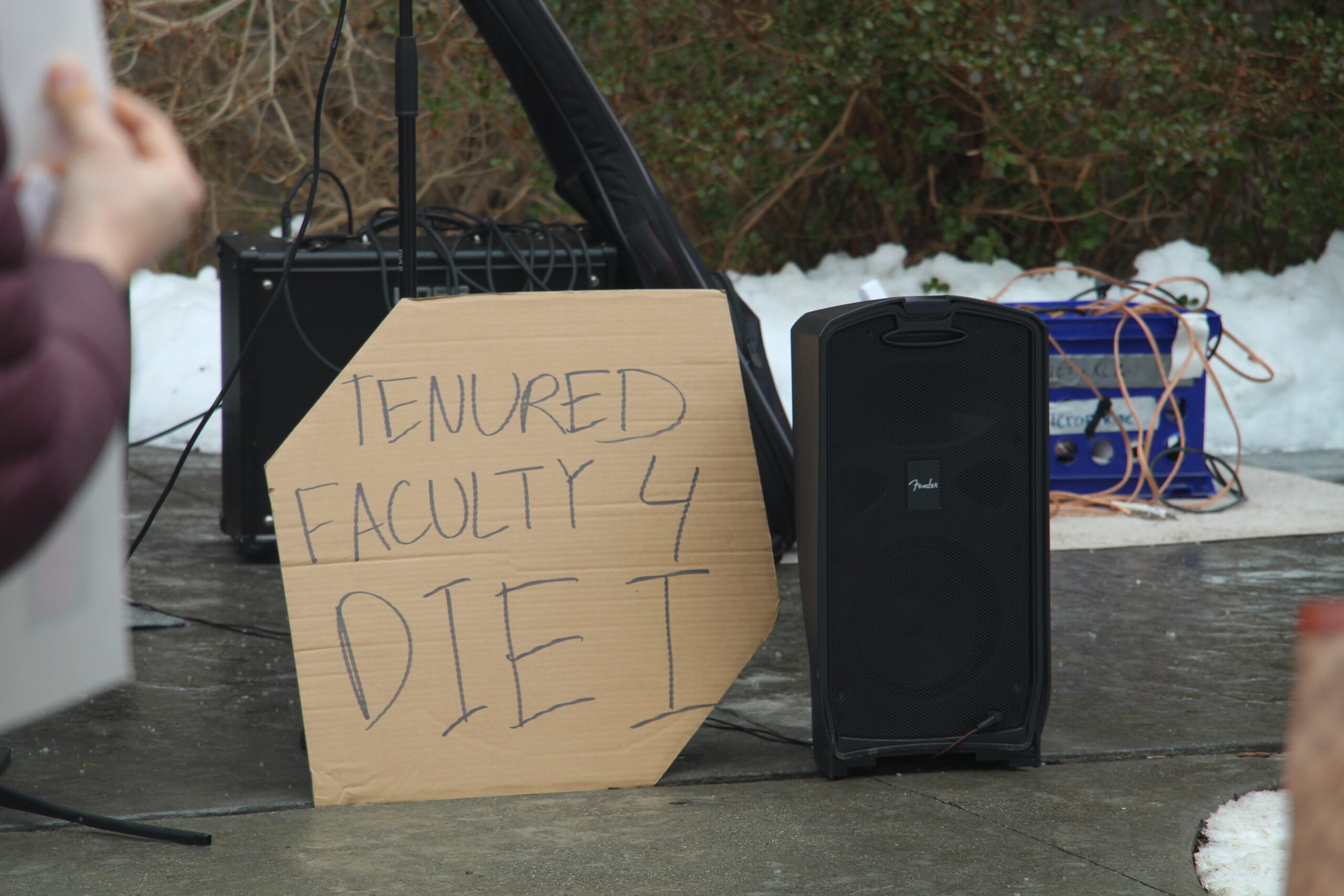When you pop the cap off of that bottled water in front of you, do you ever wonder where the water actually came from? How about the manufacturing processes involved in its production? Besides the satisfying hydration, do you ever appreciate the men and women who pumped the oil to produce the plastic bottle, packaged the water and finally delivered the package, wrapped so conveniently, to the store for you?
The excesses of the bottled water industry are innumerable.
Worldwide, 2.7 million tons of plastic are used each year to make water bottles, but in the United States, less than twenty percent of these bottles are recycled. The plastic waste that is not recycled often ends up in the middle of the ocean, suffocating birds and disrupting the hormonal balances of fish.
The total estimated energy needed to make, transport and dispose of one bottle of water is equivalent to filling the same bottle one-quarter full with oil. In addition, three liters of water are used in manufacturing a one-liter bottle of water. On top of all this, bottled water can cost up to ten dollars per gallon. That’s compared to less than a penny a gallon for water from the tap.
One International Bottled Water Association expert estimated that almost 40 percent of bottled water originally comes from a city water system.
So why is the bottled water industry so successful today? The most logical and legitimate explanation is that the water from the tap is unfit for drinking. Throughout most of the developed world, where the majority of bottled water is consumed, this is simply not the case. A comprehensive 1999 report by the Natural Resources Defense Council entitled “Bottled Water: Pure Drink or Pure Hype?” includes the results of a poll addressing why people drink bottled water, highlighting that, “as of 1993, nearly half (47 percent) of bottled water drinkers used it at least partially out of concern for their health and safety and 35 percent drank it as a substitute for soft drinks and other beverages. 17 percent said they chose bottled water for other reasons – such as ‘taste’ (7 percent) or ‘convenience.’”
The question is, when do any of these reasons outweigh the pollution involved in the bottled water industry?
The fact is that the tap water in Connecticut is some of the cleanest in America, drawing from pristine reservoirs upstate. Indeed, New London water infrastructure could be upgraded with pipe system renovations and improved filtration technologies (findings by the Environmental Working Group in a New York Times “Toxic Waters” series highlight three contaminants in New London tap water above health guidelines set in the Safe Drinking Water Act), but in comparison to much of the world, we are blessed with very clean drinking water.
While working on an independent study project this semester using art to encourage awareness about water consumption issues, I collected hundreds of water bottles from every corner of campus to use in a sculpture which is now on display in Castle Court (next to the Cummings Art Center) and was surprised by the excessive use of bottled water on the CC campus. Rather than driving to the store to restock your bottled water supply, why not simply use a refillable container – save some oil, some fish and your money.
If you would like to learn more about the complexities of the bottled water industry, please come to the free screening of TAPPED, Wednesday, April 21 at 7 PM in Oliva Hall in Cummings Art Center (co-sponsored by SAC and Oceana).










